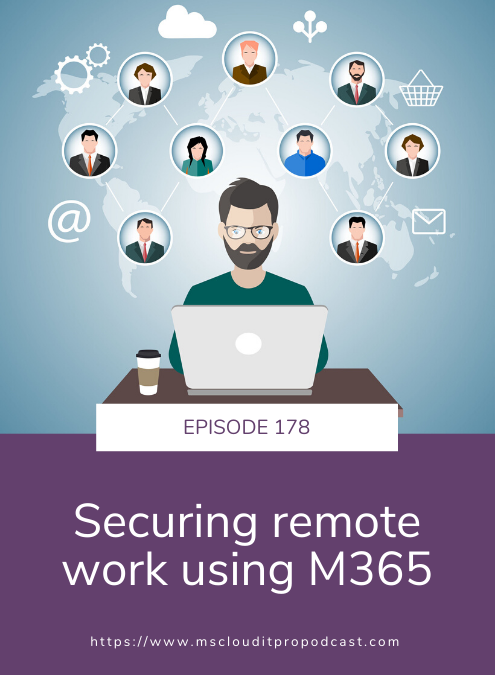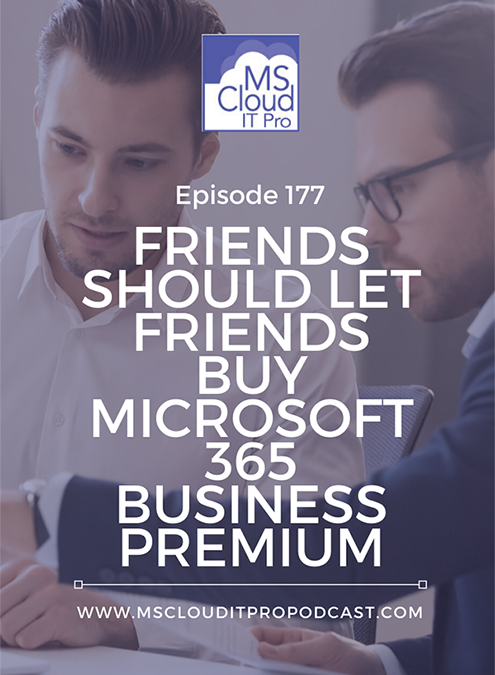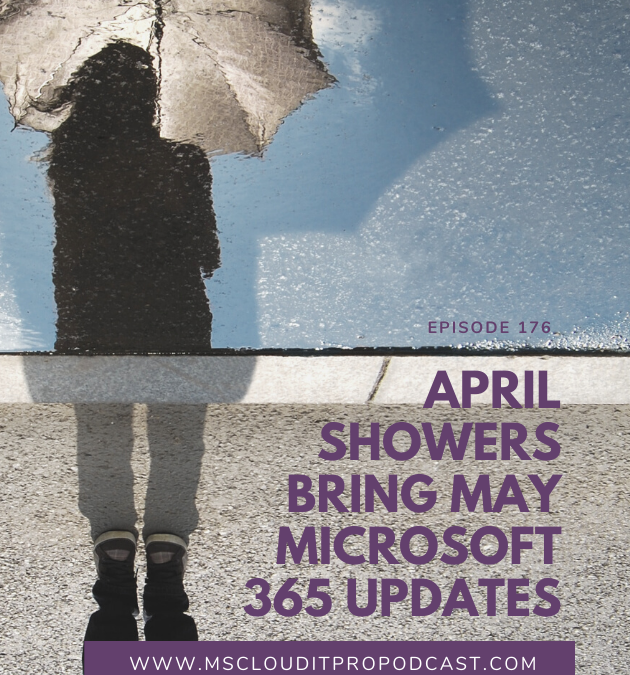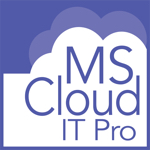
by Scott | May 28, 2020 | Podcast
Podcast: Play in new window | Download (Duration: 42:45 — 29.4MB)
Subscribe: Spotify | Amazon Music | Pandora | iHeartRadio | Email |
In Episode 179, Ben and Scott discuss some of their favorite announcements from Microsoft Build 2020 including Azure Static Web Apps, Microsoft Lists, improvements to Teams, and more! (more…)

by Scott | May 21, 2020 | Podcast
Podcast: Play in new window | Download (Duration: 43:05 — 29.6MB)
Subscribe: Spotify | Amazon Music | Pandora | iHeartRadio | Email |
In Episode 178, Ben and Scott dive into what you should think about when securing Microsoft 365 at a high level and run down the areas you’ll want to focus on first.
(more…)

by Scott | May 14, 2020 | Podcast
Podcast: Play in new window | Download (Duration: 33:37 — 23.1MB)
Subscribe: Spotify | Amazon Music | Pandora | iHeartRadio | Email |
In Episode 177, Ben and Scott break down the changes in Microsoft 365 Business Premium and how it compares against Office 365 Enterprise Plans including the Office 365 E3.
(more…)

by Scott | May 7, 2020 | Podcast
Podcast: Play in new window | Download (Duration: 30:01 — 20.6MB)
Subscribe: Spotify | Amazon Music | Pandora | iHeartRadio | Email |
In Episode 176, Ben and Scott dive into the April announcements around feature updates to Microsoft Teams, Microsoft Threat Protection, and Azure Active Directory.
(more…)




